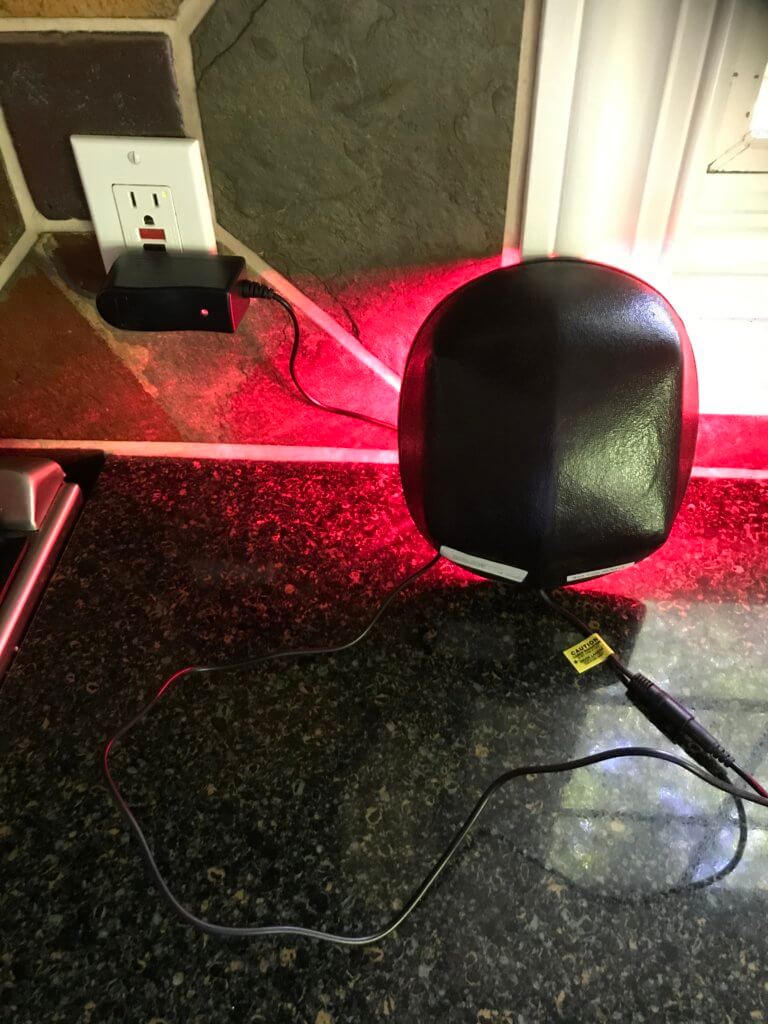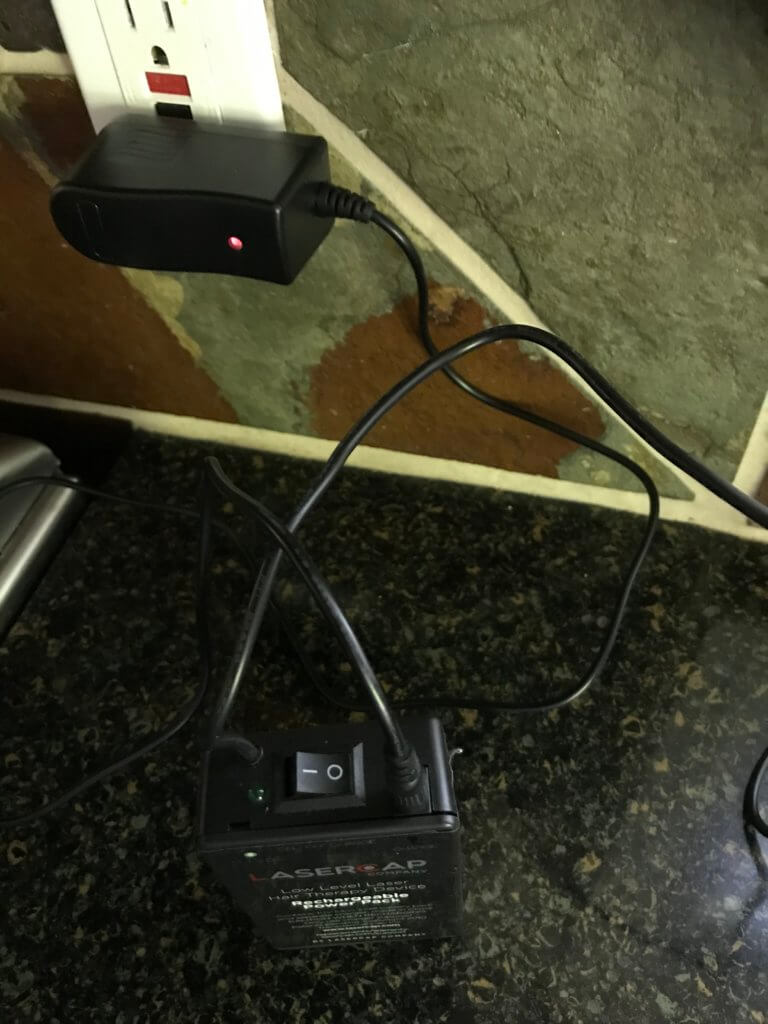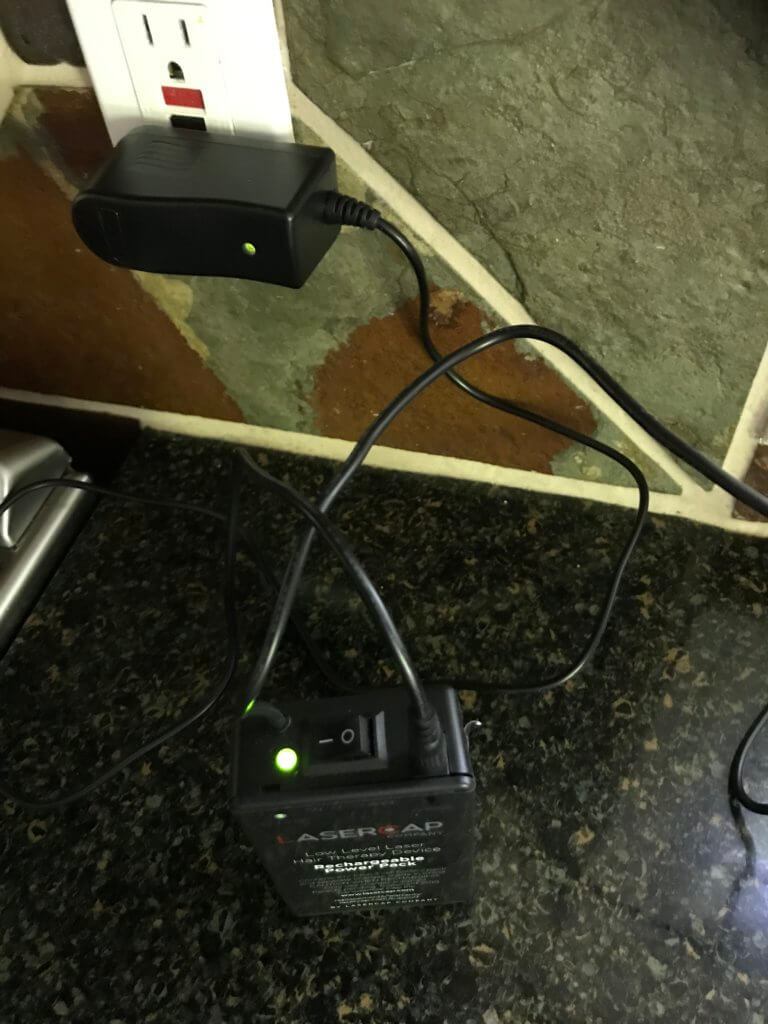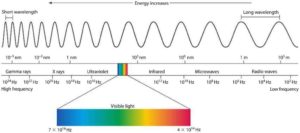quantum hairscan
Will an effective hair regrowth treatment (finasteride, minoxidil, photomed, regenmed, etc.) increase intra-anagen hair shaft volume? In other words, in an individual growing hair, will its post-treatment long and/or short axis diameter increase? and/or will it’s growth rate increase? (hair shaft volume = cross-section area x growth rate; change in hair shaft thickness and/or change in growth rate will change volume per unit time.) ANSWER? – We are now bench testing a new measurement platform to detect sub-cubic-micron hair shaft volume changes in precise temporal association with a hair regrowth treatment and are targeting to detect such changes within 30-60 days of treatment initiation.

 1-855-424-7774
1-855-424-7774




